May 19, 2025 | 08:50 GMT +7
May 19, 2025 | 08:50 GMT +7
Hotline: 0913.378.918
May 19, 2025 | 08:50 GMT +7
Hotline: 0913.378.918
China's pork production in the third quarter fell 0.8% from a year earlier, government data showed on Friday, falling on an annual basis for a third consecutive quarter as poor meat consumption hampered slaughter rates, reported Reuters.
Output during June-September in the world's top pork producing nation declined to 12.59 million metric tons, a Reuters calculation based on data from the National Bureau of Statistics showed.
Meat demand has slowed in China, which consumes about half of the world's pork, with shoppers tightening their belts to cope with a sluggish economy.
"Supply pressure still exists in the market with no obvious improvement in demand ... supply and demand is at a stalemate," Beijing-based agribusiness consultancy Boyar said.
For the first nine months of the year, production fell 1.4% to 42.4 million tons.
Farmers slaughtered 520.3 million hogs during the first nine-months of the year, down 3.2% from a year earlier, the data showed.
China's pig herd size at the end of September was down 3.5% from the previous year to 426.94 million heads, the NBS data showed.
The shrinking herd size is in line with a government target to overcome an overcapacity of hogs that has depressed pork prices in recent years.
Some livestock companies turned profitable during the third quarter after three years of losses, as destocking and cost-cutting efforts helped hog prices recover, but weak demand capped the rally.
Cash hog prices fell to around a four-month low of 17.17 yuan ($2.41) per kg on Friday, after rising to 21 yuan ($2.95) in August, according to data from consultancy MySteel.
The sow herd at the end of August was down 4.8% at 40.36 million, separate data from China's agriculture ministry showed.
($1 = 7.1196 Chinese yuan renminbi)
(The pig site)
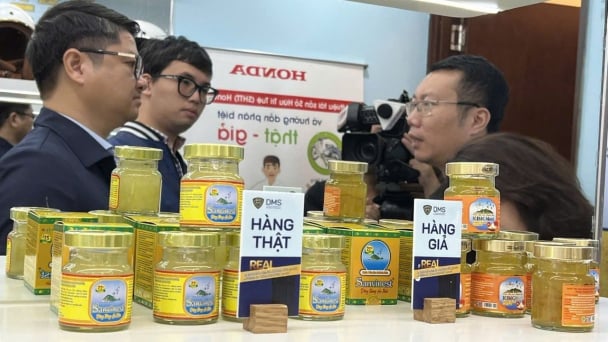
(VAN) In the face of counterfeit and imitation products, Khanh Hoa Salanganes Nest Company hopes for the prompt completion of the legal framework, strict enforcement against violations, and protection of the bird’s nest brand.
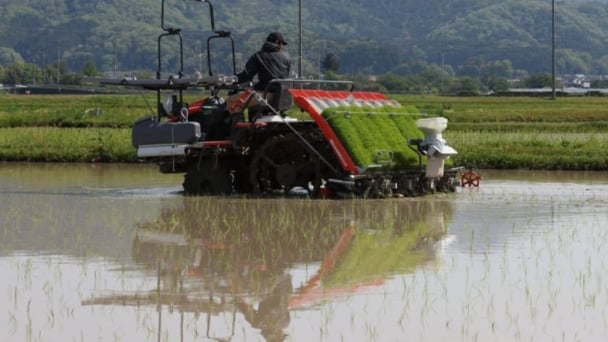
(VAN) Japan's efforts to lower the price of rice through the release of its stockpile may finally be making some progress, albeit at a snail's pace.
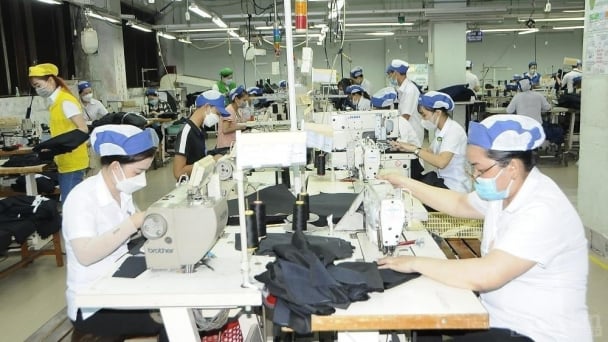
(VAN) U.S. tariffs are not only a 'shock', but also an opportunity for Vietnamese businesses to renew their mindset toward comprehensive development.
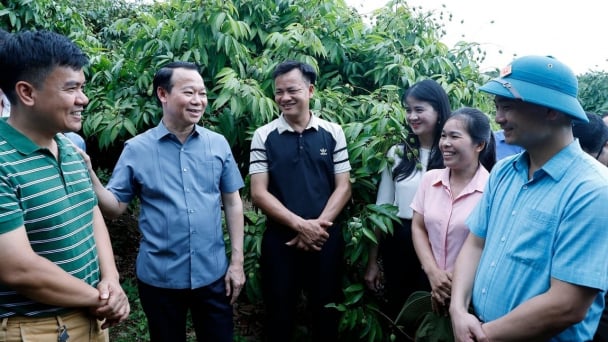
(VAN) As Bac Giang lychee enters the harvest season, Minister Do Duc Duy expects that the fruit will contribute greatly to agricultural exports due to standardized production and deep processing.
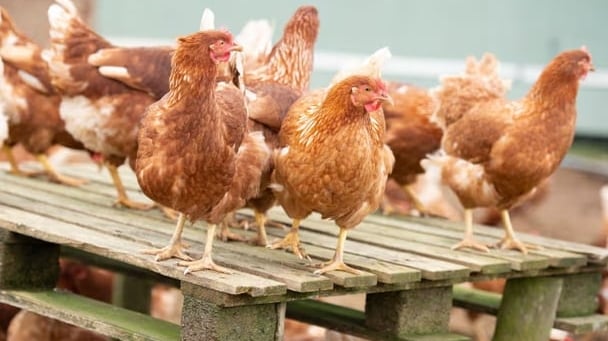
(VAN) Consumers have shown a preference for free-range eggs, but those farming systems are more vulnerable to biosecurity risks like bird flu.
/2025/05/09/5701-1-184335_301.jpg)
(VAN) Vietnam’s eel exports nearly doubled thanks to a mud-free farming model, opening up new prospects while still facing numerous barriers related to international standards.

(VAN) Minister Do Duc Duy warned that if production is not professionalized and supply chains are not transparent, the U.S. market could become a growth bottleneck.